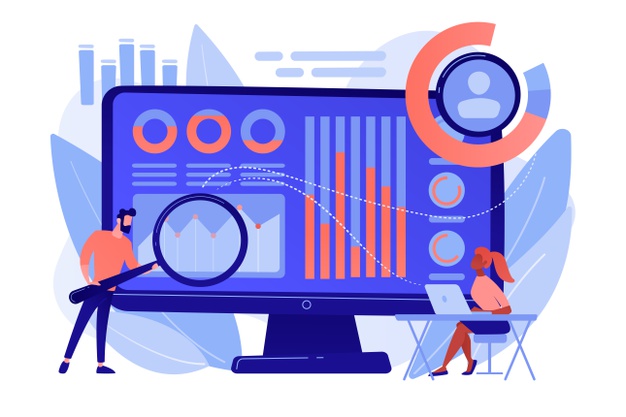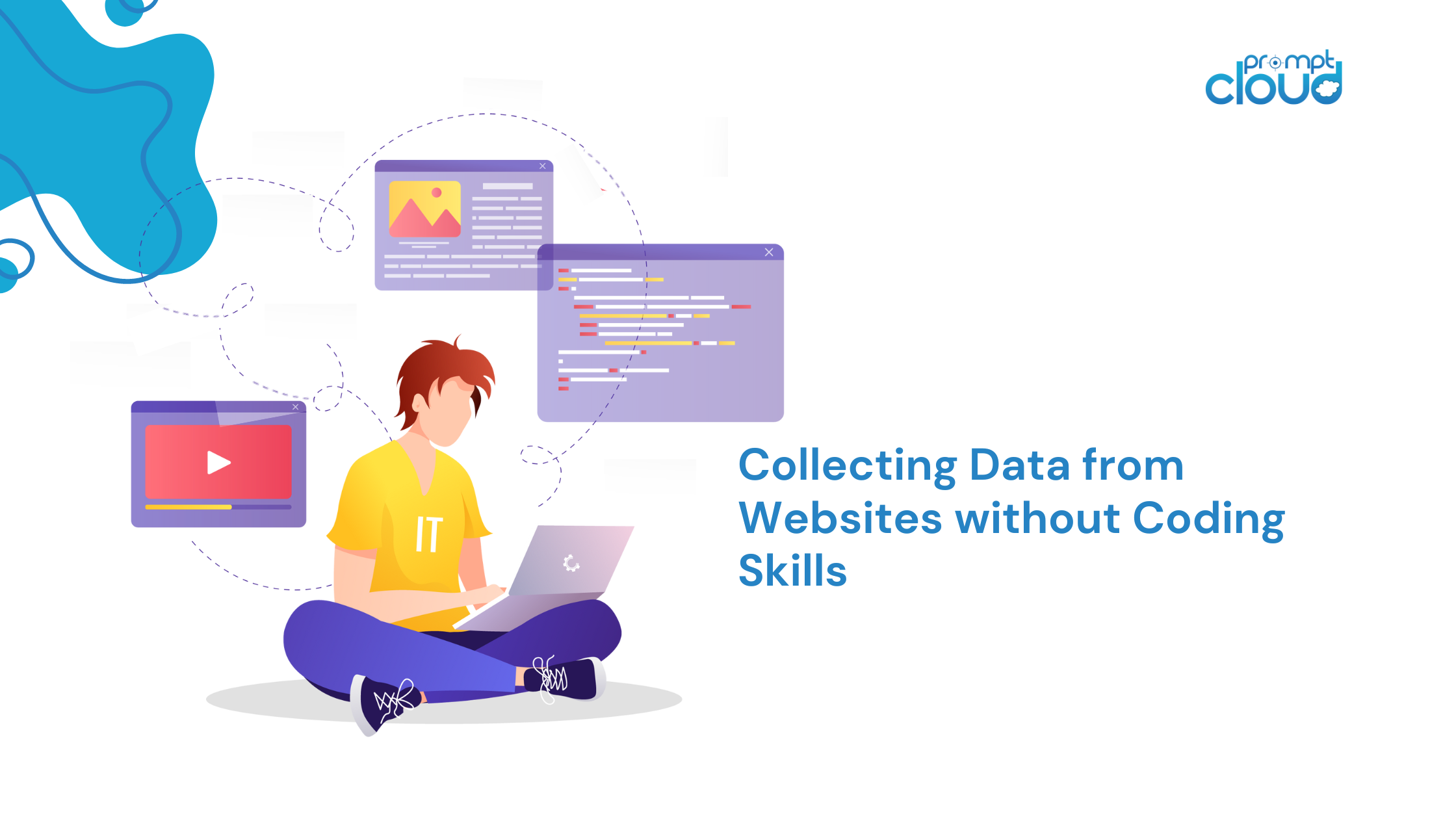Data is playing a major role in the response towards COVID-19. As countries all over the world are trying to track the spread of the virus, more and more officials find themselves relying on data to reduce the effect of the virus now and shortly. To achieve this, Artificial Intelligence (AI) and data analytics seem to be the way to move forward. The evolving nature of the coronavirus calls for prompt measures and researchers are making do with whatever data they have. Therefore, the coronavirus has added to the need for accurate data and this will leave a mark on data analytics as we know it. PromptCloud takes a look at the global data which just might be the key to the access and recovery from the COVID-19 impact.
In 2019, BlueDot, a company detected the earliest anomalies of the coronavirus in Wuhan through its AI system. The official announcement by WHO came a few days later. The system had gone through one million articles and detected that the mysterious outbreak was similar to the 2003 SARS outbreak. It is clear what effective use of AI could mean for the detection of diseases in the future.
More Into Global Data on COVID-19
At Regenstrief Institute, researchers are trying to conduct an anonymous survey to understand the coronavirus. Since the lockdown has mandated that people stay-in at their homes. It is only through a survey of the population that the healthcare system could come to know if someone shows symptoms. The project allows people to report symptoms which then allows researchers to identify disease trends and emerging hotspots. A drop in the number of people affected means that the coronavirus has weakened its footing in the country, which then facilitates discussions on the reopening of the economy.
An open-access dataset of compounds with known and potential antiviral activity has been released by the CAS which is facilitating research on the development of a COVID-19 vaccine.
How Does The Global Data Look Like?
Data is also allowing for the sharing of visuals that educate the public on the spread of the virus. The dynamic world map by the Johns Hopkins Center for Systems Science and Engineering and the Washington Post animations are good examples. These visuals follow the saying of “a picture is worth a thousand words”. It effectively teaches the public how the virus spreads and what they could do to mitigate its movement. The image below shows us the global data of the COVID19 cases across each and every country on the planet.

Companies also use Data Analytics to help understand how to deal with challenges created by the pandemic. A US survey showed 43% of respondents using analytics to make major decisions in their companies. While the healthcare sector is benefiting from the use of analytics and AI to effectively terminate the spread of the virus, there are multiple ways so businesses can do the same.
-
Prioritize Sales
Identifying customers who are more likely to avail of service can help boost sales for companies. It has always been important for brands to understand how the customer behaves and with the pandemic. It has become more difficult to do so. Across the globe, a change in trends and buying behavior has been noted. Understanding what the customer wants and whom to prioritize will create a lot of difference to the sales and business development sector, which has been suffering off late. For example, communications providers perform customer and sales services with the help of call-centers. With retail locations closing down as a result of the lockdown, the call-centers are under pressure. To handle the situation, businesses can use analytics to locate affected customers and make plans to reach out to them to inform them about policy changes. Automating call-centers is another solution. In case you are a telecom company, you can offer flexible payment options to worst-affected customers.
-
Manage Supply and Demand
In the wake of the coronavirus, matching demand and supply has been hard for companies. However, with the use of AI companies can easily make use of external data to understand demand. For example, if a steel company has information on the demand for automobiles. It will know exactly how much steel to produce to meet the demand and not have its product wasted. While the external data can be effectively analyzed by AI solutions, the data used is mostly historical. This means that companies have to be aware of the data that they are using. While cheaper goods such as grocery and staples can make use of historical data as the spending patterns do not vary a lot. The more expensive goods might struggle.
-
Cognitive Assistants
Relying on AI-powered cognitive assistants to manage tasks such as ordering new credit cards or canceling orders can help companies handle back-office tasks. In case a cognitive assistant is unable to perform any complex task. It could be handed over to the human manager. Referred to as robotic process automation (RPA). Along with machine learning, can be used to manage structured tasks in banks or offices.
-
Predict Cash-Flow
Smaller businesses will face cash-flow problems as revenue dries up. In such a scenario, forecasting AI solutions can play a major role. Historical data of economies hit by the recession is being used to better understand cash needs. While the representative data required to make those claims are yet to come, most economists agree that we are in a recession already
-
Regulate Staff Demand
Since employees are having to stay in lockdown due to government restrictions. AI can be used to analyze the exact number of people needed. In case you are constructing a building. AI can help analyze if you have the correct number of people required for the job. Even when laying off people, companies use AI to determine if they have enough people left over to continue production.
COVID-19 Impact on Web Scraping and Data Mining
Web scraping for research has seen a huge boom during these times. Most websites that are showing a counter for the number of coronavirus cases in a region, be it a city, country, or the entire world, are scraping data from multiple sources. The need for web scraping has increased even further since websites need to validate data from different sources before posting figures on their websites. Articles like this describe how you can scrape data and build your coronavirus tracker in-house. Social scientists are using data scraped from the web like never before, and models are being trained on new unconventional forms of data.
For companies like PromptCloud, who are in the field of DaaS (data as a service), clients have dried up in sectors that have been most heavily impacted by the virus. This mainly includes the travel and hospitality sectors. Other sectors have taken it up a notch to remain competitive. Sectors like FMCG and Pharmaceuticals have shown increased interest in web-scraping data. Be it directly for their business problems, or marketing and advertisements. The web scraping landscape as a whole remains balanced since the value of data has not gone down. Even though the value of oil has gone down. We have recently ventured into the field of data analytics and may soon help out our partners in every step of the process. Such as gathering data, processing, cleaning, and extracting useful information from it.




















